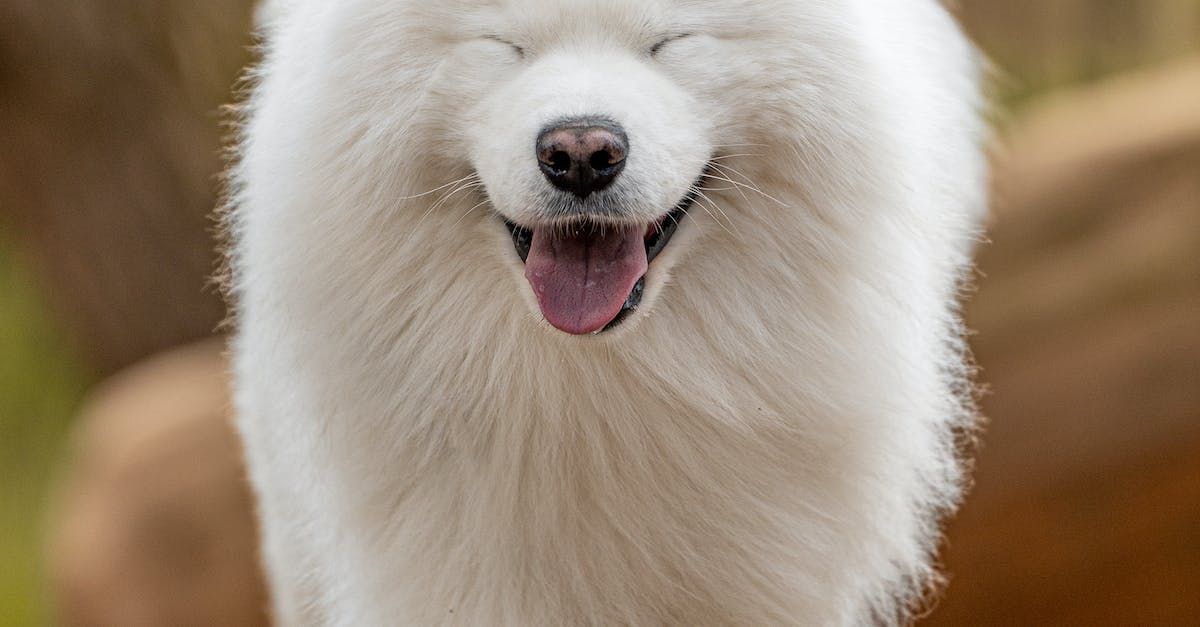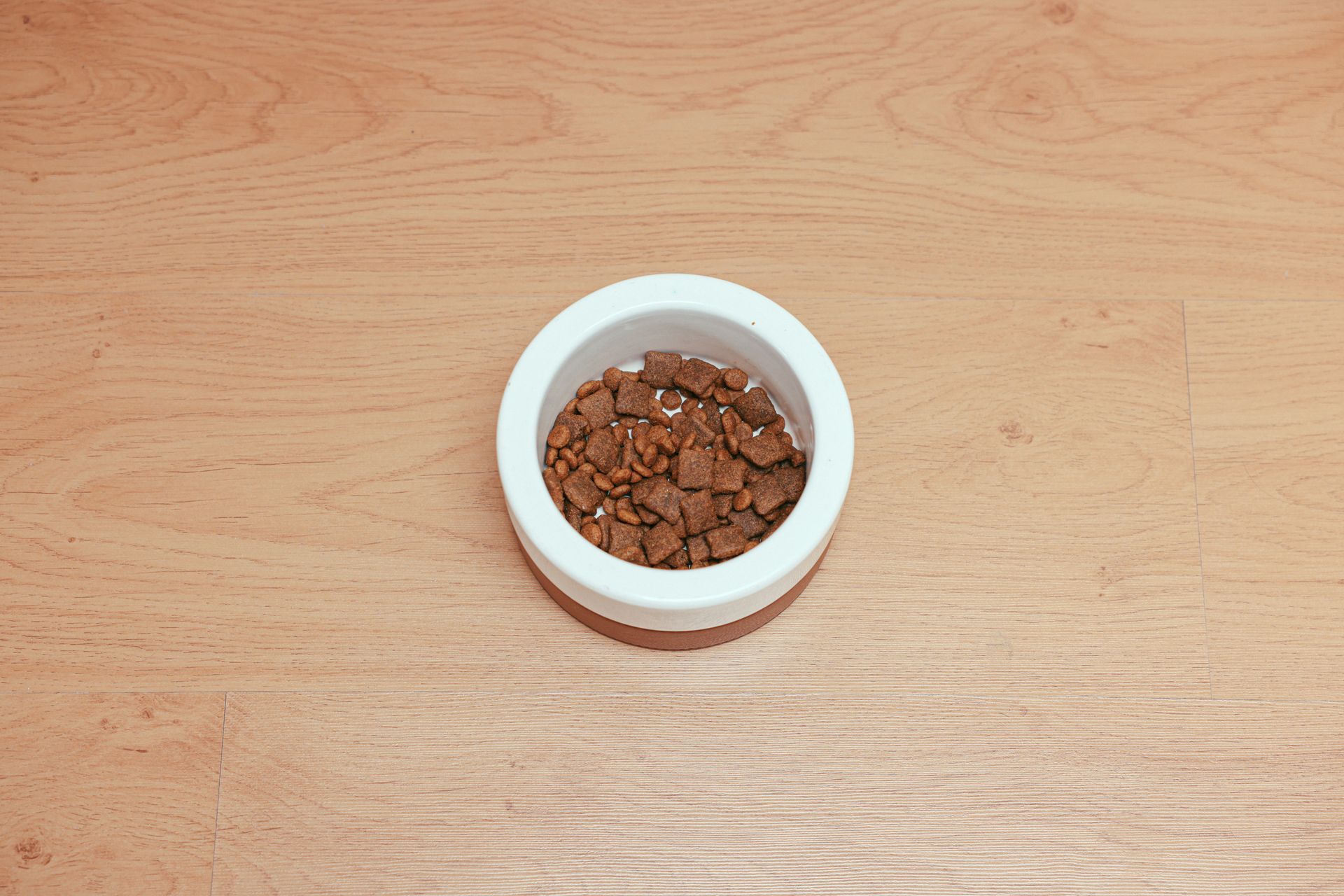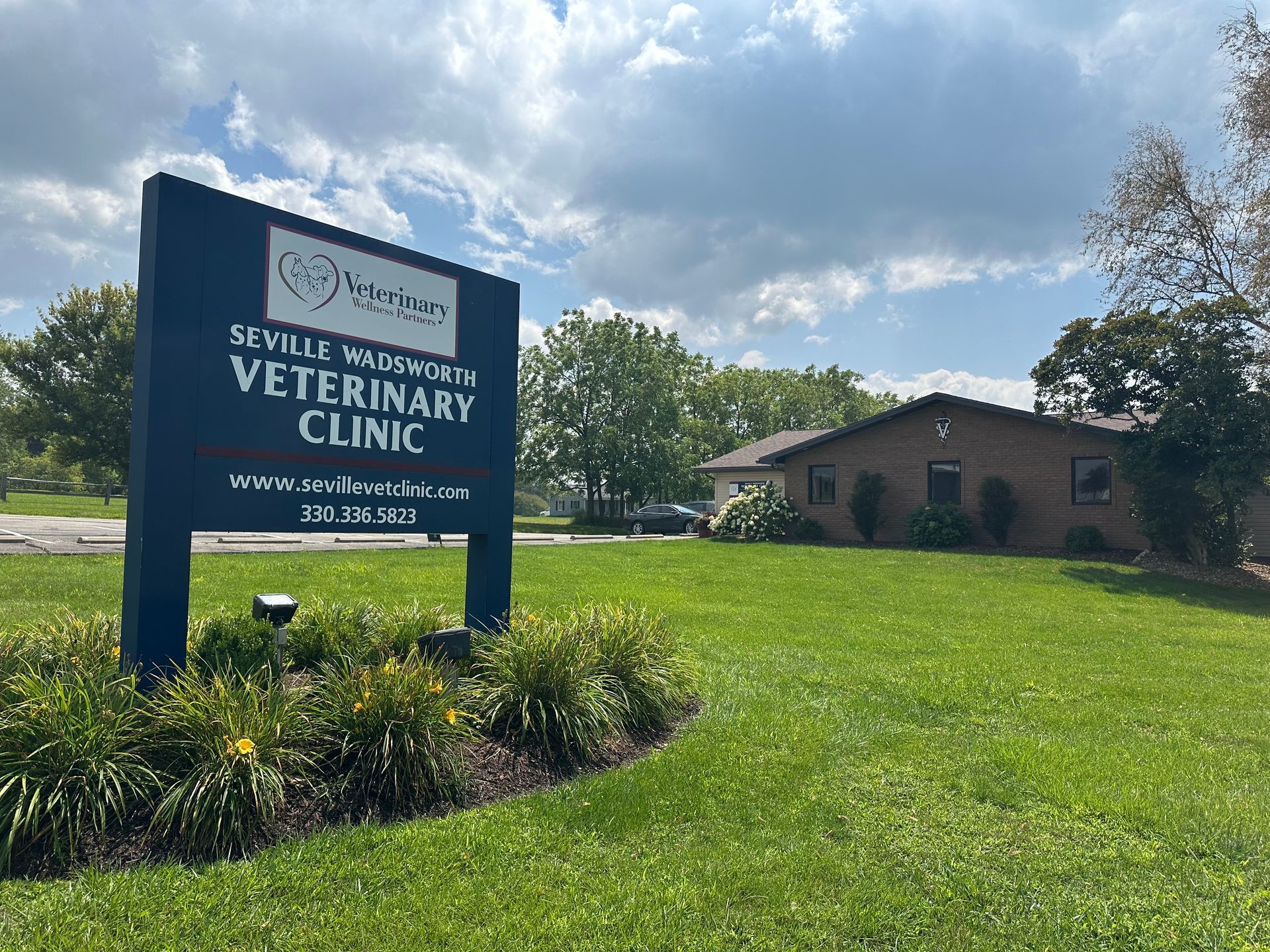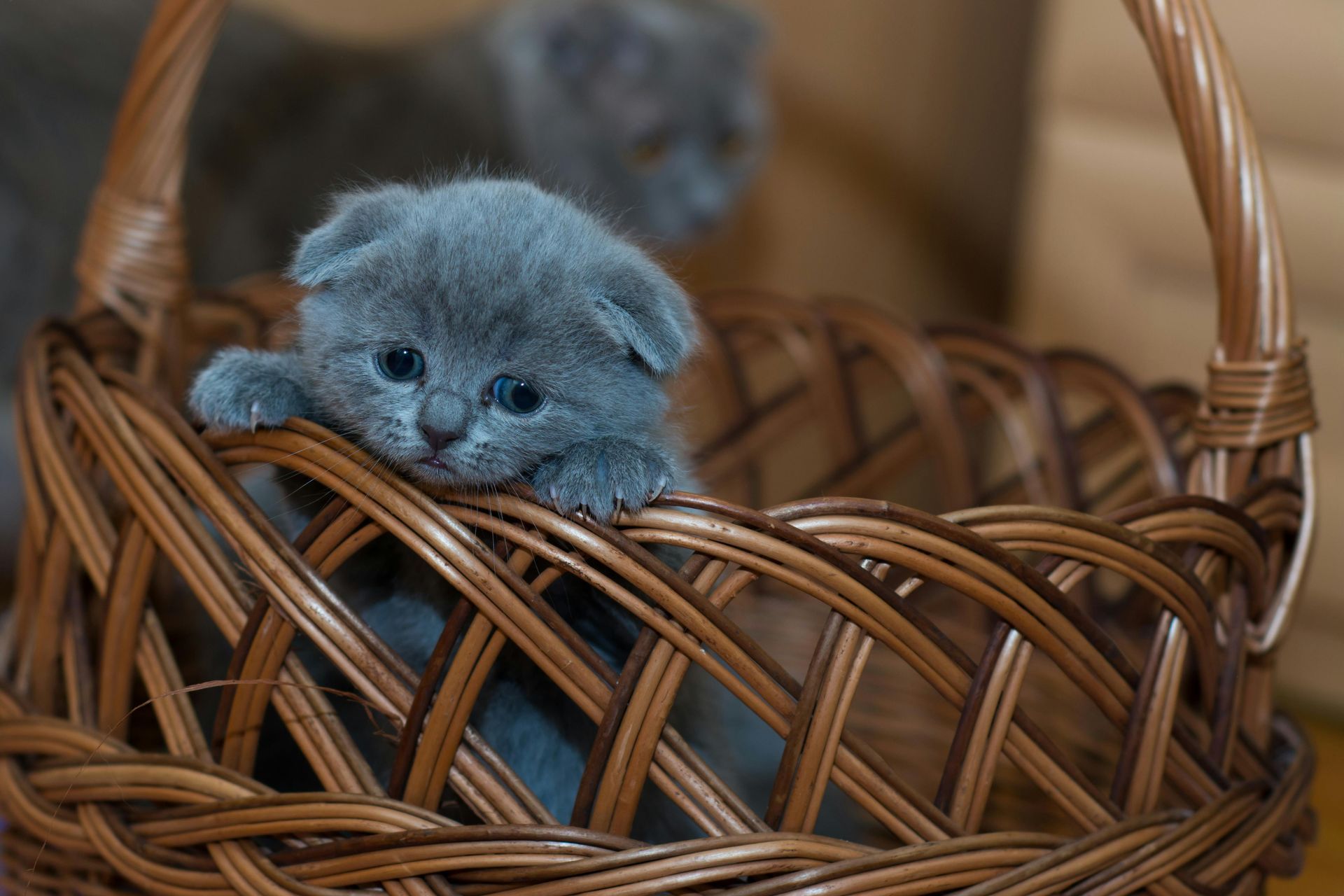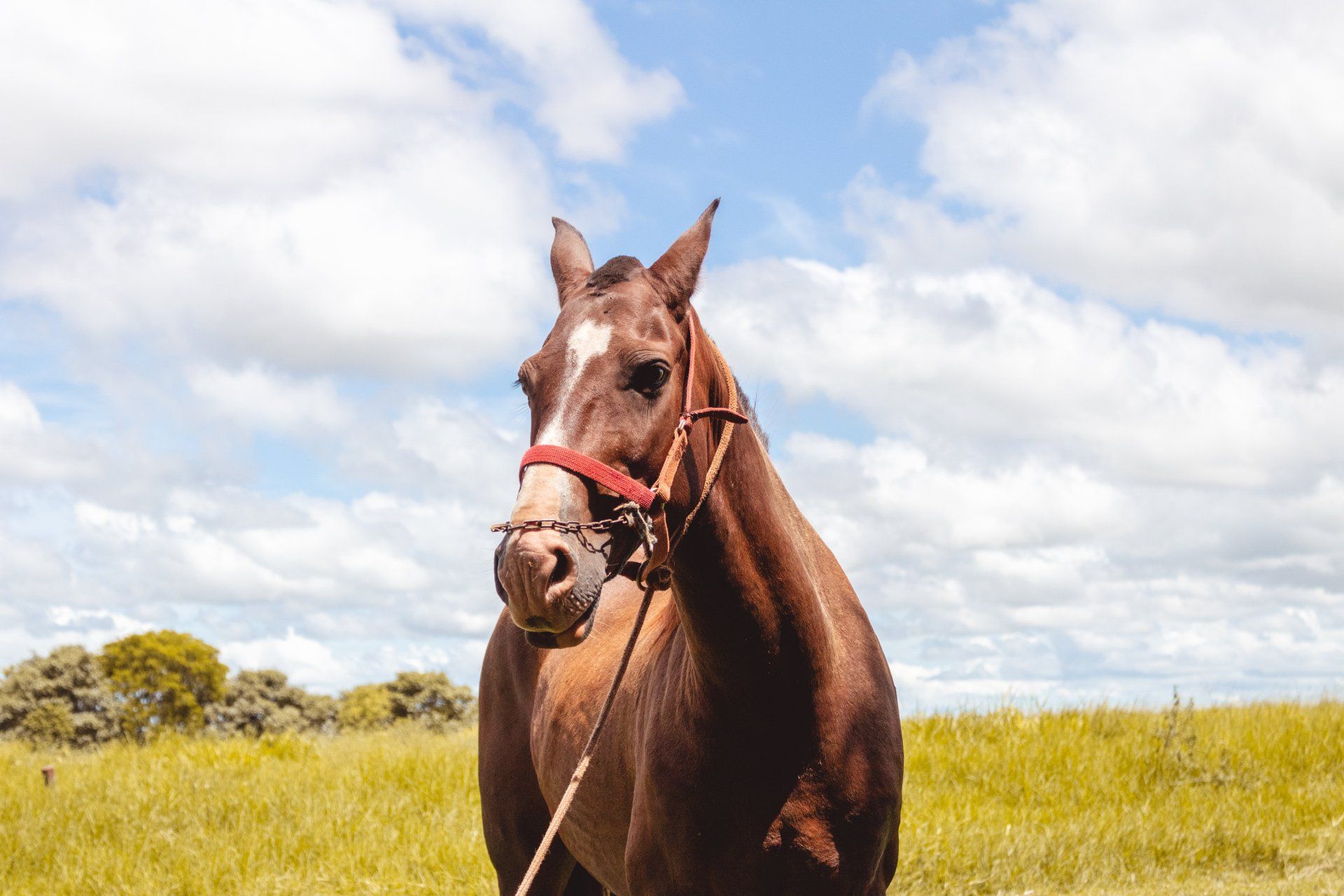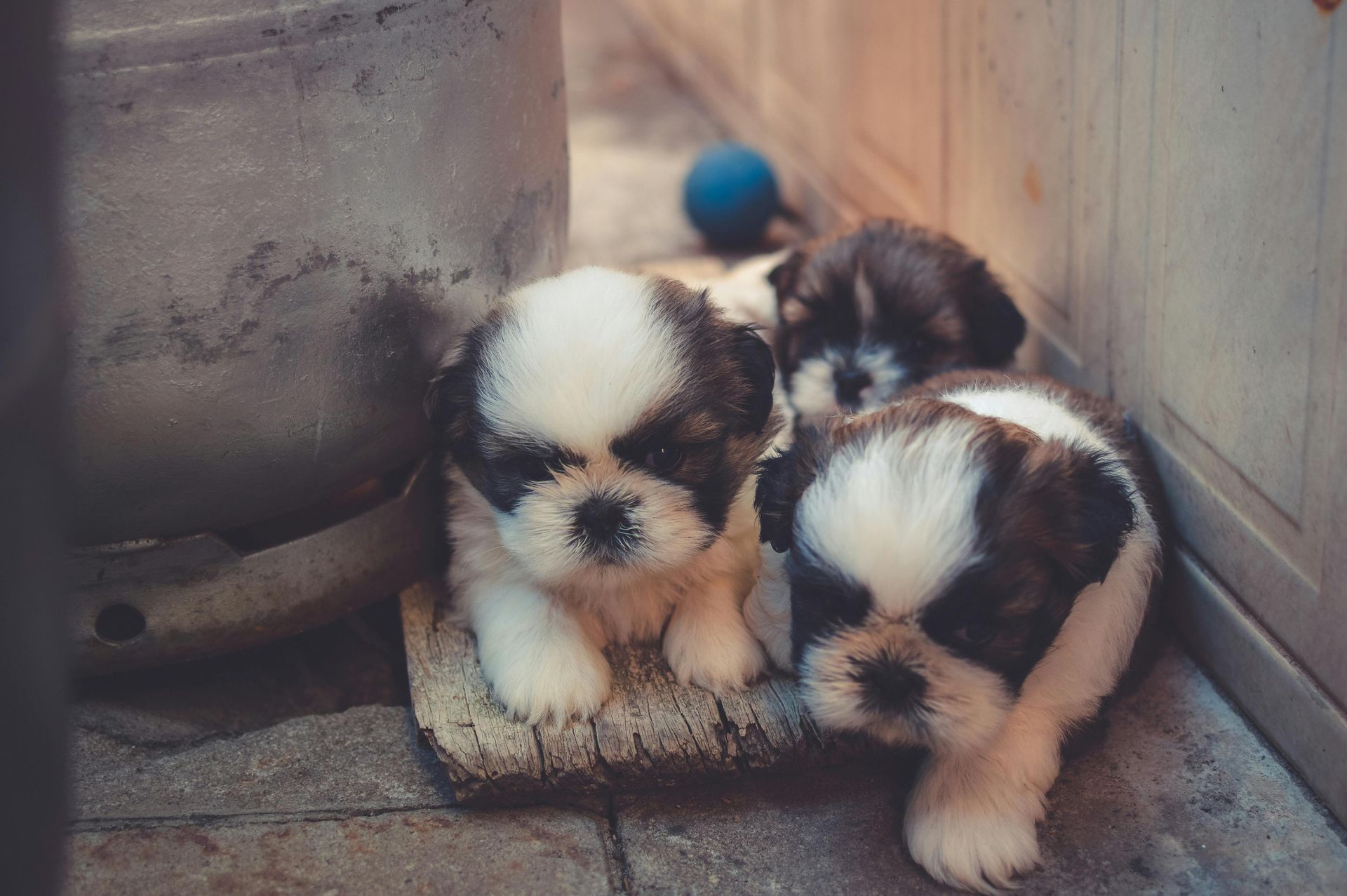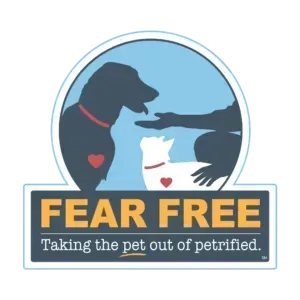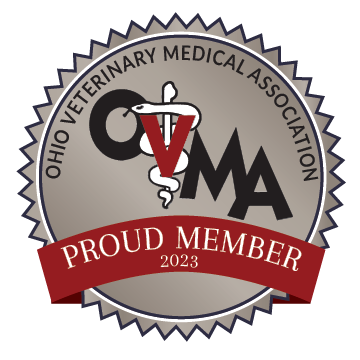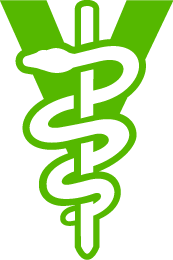Holiday Safety for Pets
Holiday Safety for Pets
As we turn the calendar from October to November, our thoughts turn to the upcoming holiday seasons. Within a few weeks, it will be Thanksgiving, followed by Black Friday. We then enter the Christmas season, along with other religious holidays that are celebrated. These holidays are exciting and a great time of spending time together as a family. We are excited about the decorations and the celebrations that will occur. It is our desire to keep all pets safe during this time period. The following article was written by our own Tara Monahan for the Orrviews.
Dangerous Plants
Poinsettias, once the poster plant for toxic holiday decorations, are still considered poisonous, but are probably not deadly in most cases. Other plants and flowers that should be kept away from pets include mistletoe, some evergreens, holly bushes and berries, aloe, and some plants that are commonly found in floral arrangements, such as lilies, baby’s breath, bird of paradise, daisies and chrysanthemums. You can decorate with these types of plants, just be sure they are out of your pet’s reach.
Dangerous Foods
Chocolate is quite dangerous for pets and should be avoided, but the good news is most people already are aware of that. Just remember that darker chocolate is more toxic than milk chocolate or white chocolate. Also, the smaller the dog and the larger the amount of chocolate, the more likely there will be problems.
Other potentially hazardous foods include sugar-free candy or gum (which may contain xylitol), raisins, macadamia nuts, grapes, bread dough, coffee and alcohol.
Regular Foods
Yes, even chicken, turkey, beef, ham, and other “regular” foods, including those containing onions or garlic can cause illness in pets. Bones are a very dangerous thing to give to pets. However, your pet does not have to eat bones or get into the garbage to be in trouble. Often, well-meaning guests give your pet table food, thinking that sharing is a good thing. Unfortunately, even a small amount of table food can cause vomiting or diarrhea, and some foods can cause pancreatitis (a life-threatening inflammation of the pancreas). If your pet is a food beggar, consider keeping him or her in a separate room when everyone is eating.
Decorations
Tinsel, angel hair, tree ornaments, ribbons, string, garlands, and other decorations can be irresistible to pets, but very dangerous. Intestinal damage and blockages are among the potential problems if your pet eats something in one of these categories. Even Christmas trees can pose a danger. Pets may eat the needles (even from artificial trees) or drink water from the base of the tree, which can be toxic (especially if there are preservatives in it). Make sure your tree is secured to a wall to prevent tipping over. Also, do not decorate your tree with food such as cookies, candy canes, cranberries and popcorn these can be too tempting for a pet to resist.
Electrical Cords, Heaters and Open Flames
A pet can suffer electrocution, mouth burns, and life-threatening injury to the brain and lungs if he or she chews on an electrical cord. Keep cords out of the way and cover unused electrical outlets. Also do not leave batteries on a table or counter where “counter surfers” can find them. Fireplaces, wood-burning stoves, candles, and portable heaters are just a few hazards to keep your pets away from (or at least monitor when they are nearby). Not only can pets be burned, but candles and heaters can be knocked over and start a fire. Also, don’t forget to check smoke detectors and carbon monoxide detectors to make sure they are functioning properly.
Cold Weather
Even pets that are used to being outside are susceptible to frostbite and hypothermia. Pets that live outdoors need adequate shelter from wind, rain and cold. If it is too cold for you to be comfortable outside then it is too cold for your pet as well. Fresh, unfrozen water must be available at all times. Heated water bowls can be purchased at pet supply stores or online. If your pet has a dog house or igloo, make sure that the inside is insulated. Heated pet mats, along with a good layer of straw, are an option to keep your pet warm and comfortable. It is important to use heated products that are approved for pets. Old or sick pets should be kept inside when possible and monitored closely for signs of illness. If weather alerts are issued in your area recommending that humans stay indoors, it is a good idea to bring your pet indoors too.
Antifreeze, Windshield Wiper Fluid and Alcohol
Also known as ethylene glycol, antifreeze is probably one of the most common and dangerous toxins. Antifreeze has a sweet smell and taste which can attract pets. Once the pet drinks antifreeze, the toxin is rapidly absorbed. Clinical signs of antifreeze toxicity include vomiting, loss of coordination, and depression. These clinical signs can develop rapidly, often within 1 hour. The kidneys are the most severely affected by antifreeze, and even if signs start to improve with treatment, the kidneys may have already started to shut down. It is important to take your pet to the vet immediately if you suspect he or she has drunk even a small amount of antifreeze. Methanol, found in windshield wiper fluid, is also toxic to pets. So is isopropanol, commonly found in hand sanitizer, windshield de-icing agents and rubbing alcohol.
Salt and Chemical Ice Melts
Pets that walk on sidewalks that have been de-iced can have chapped, dry, painful paws. Also because pets tend to lick their paws, they can be exposed to toxic chemicals found in some ice-melts. Pet-safe ice melt products can be purchased at most home improvement and pet stores. However, not everyone in the neighborhood may use these products, so it is important to wash your pet’s feet with a warm cloth after he or she have been outside.
Giving a pet as a gift is not recommended. Although this seems like the perfect festive gift, it should be avoided. The holidays are not ideal for introducing a new pet into a family. New pets require a stable environment and plenty of extra attention and time to bond with their new family. The bustle and travel associated with the holidays does not provide the sort of environment a new pet needs to succeed with a new family. If a new pet is part of the family plan, give a variety of pet toys or books on pet care.
By all means, go crazy sprucing up your home and wrapping presents. But make sure you do it in a way that is safe for your pet(s) this holiday season. The holidays are both a wonderful and a stressful time. The constant stream of visitors, parties and traveling can take a toll on both you and your pet. Make sure to spend quality time alone with your pet every day. This will allow you to observe your pet for any unusual behavior or symptoms, as well as to enjoy the tranquility the season can bring. Happy Holidays!
Additional tips to keep your pets safe when friends and family come to visit:
- Keep purses and luggage up out of your pet’s reach. They usually contain candy, gum, hand sanitizer and medications that can be harmful if ingested by your pet.
- Prepare a “safe” room ahead of time where your pet can go to unwind or relax from the excitement. This is a good place for them during dinner time when guests may be tempted to give them “treats” from the table. Put their crate, bed or blankets, some water and favorite toys in a bedroom or bathroom where they will not be disturbed.
- Consider boarding them at a kennel if you will be very busy or not able to keep an eye on them. This way they will be safe and well cared for and alleviate stress and worry for you as well.
- If you have a counter surfer, make sure that foods and beverages are out of your pets reach. If you are having a buffet dinner at your holiday party, this would be a good time to utilize the “safe” room.
- Make sure trash is kept in a secure area. Food wrappers or scraps will be sniffed out and are very tempting to our furry friends. Also sparkly, shiny ribbons can be attractive to them as well but can cause blockages that may require surgery, if swallowed.
- Program your veterinarian’s phone number in your cell phone or place it close to your home phone so that you can quickly call for help in an emergency situation.
Orrville Veterinary Clinic offers after hour emergency services on an as needed basis. We provide support for minor emergencies prior to 10:00 P.M. Major emergencies and those after 10:00 P.M. are referred to local 24 hour veterinary emergency clinics that are fully staffed a prepared for such emergency situations.
Please call the clinic at (330)682-2971 if you are experiencing and emergency with your pet.
This article submitted by Jeff Fink
